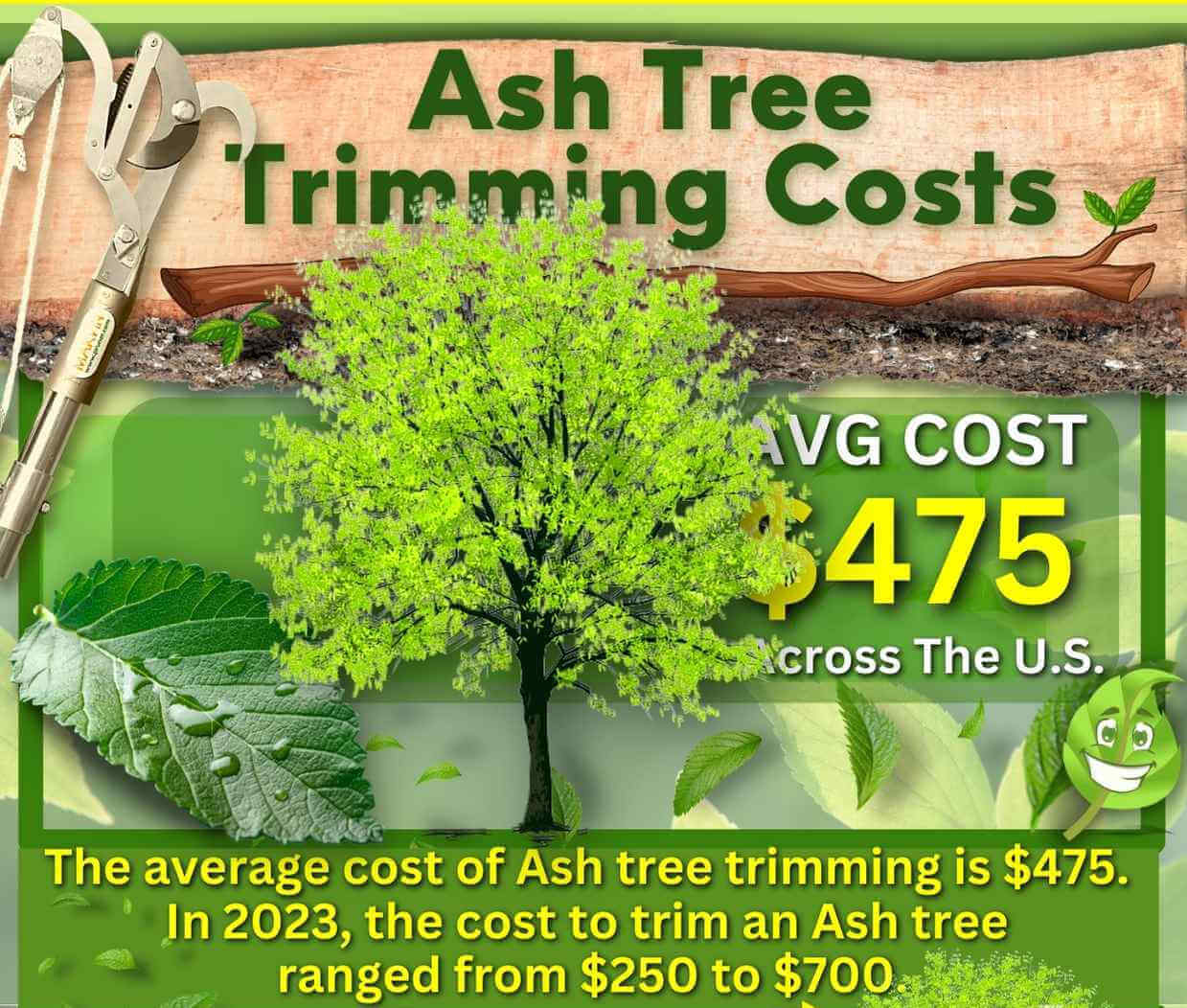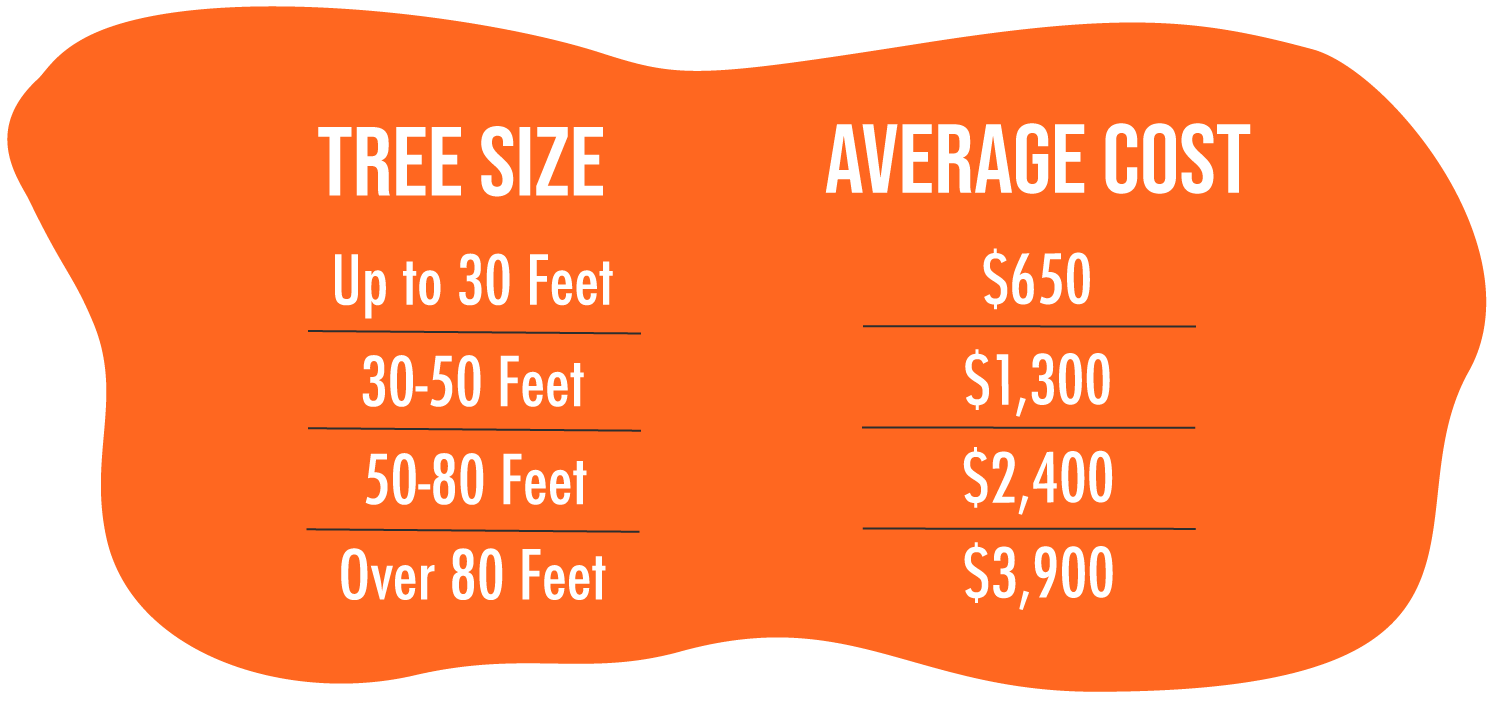Featured
Table of Contents
- – Basic Arborist Packages In Houston, TX: Pricing
- – Comparing Stump Grinding Costs In Houston, TX
- – Houston, TX Tree Service: What Affects The Pr...
- – Houston, TX Tree Clearing vs DIY: Price Compa...
- – Houston, TX Arborist Price Calculator
- – How Long Does A Tree Cutting Installation In ...
- – Houston, TX Stump Grinding: Cost Variables
- – Avoiding Overpaying For An Tree Clearing In ...
- – Power Replacement Costs For Stump Grinding I...
- – Houston, TX Tree Clearing Reviews: Real Expe...
- – Houston, TX Stump Removal Estimates: What To...
- – What Makes Houston, TX Tree Trimming Worth It?
- – Houston, TX Tree Trimming Case Studies: Costs
- – Houston, TX Stump Grinding Reviews And Pricing
- – Curved Stump Removal Costs In Houston, TX

The subsections listed below offer more comprehensive info about rates, consisting of a typical range for each. TypeAverage Removal CostPineConiferPalmMagnoliaArborvitaeAshCedarSweet GumEucalyptusSycamoreCypressOakMaplePoplar You can anticipate to pay between to remove a pine, depending upon its size. Eliminating a pine is among the more cost effective tasks unless it is one that has been around for many years and is rather large.
Basic Arborist Packages In Houston, TX: Pricing
Pines also have a tap root that grows deep into the soil, which can prove to be more challenging to get rid of. The process itself includes a specialist cutting the tree, clearing the base, cutting the surface area roots, removing the stump, and finally treating the soil. Without an expert hand, you risk leaving pine seedlings behind, which will fall from the roots of distressed pines.
Comparing Stump Grinding Costs In Houston, TX
The U.S. nationwide average for conifer elimination is around to have the conifer lowered, transported away, and the stump ground or eliminated completely. Conifers are generally simpler to get rid of, and although they can grow rather high, they do not cost a fortune to get rid of. Conifers include pine, spruce, fir, and juniper trees.
Houston, TX Tree Service: What Affects The Price
While conifers are lovely, they eliminate native plants and specific kinds of grass. This is because they need a great deal of water and nutrients to endure, so they seep it off surrounding plants. They likewise have an expansive network of roots, which can affect your home's structure. The average price of palm elimination depends upon the height as much as the type, varying from.
Houston, TX Tree Clearing vs DIY: Price Comparison
That is why it is necessary to know which type you are getting rid of. While you do not need an herbicide to eliminate a palm tree, there are some steps your elimination specialist will have to take to guarantee the task is done properly. There are two ways they can get rid of them: by slicing them down or digging them up.
Houston, TX Arborist Price Calculator
This is since little animals like rats and scorpions often live in them. Plus, numerous types will have spikes, too. From there, they get rid of the actual tree and then the stump. Expect to pay between to remove this type of tree, depending upon the precise size and details of the task.
How Long Does A Tree Cutting Installation In Houston, TX
There are 3 types: green, white, and black ash. White ash is understood for its lots of colors. With its gray-tinged bark, its leaves are green or purple in the spring and golden yellow or purplish-red in the fall. They delight in moderate environments and great deals of sun. The green ash is named such due to its green or yellow foliage.
Houston, TX Stump Grinding: Cost Variables

The bark is softer, and it blooms later on in the year - tree clearing. Due to the variation in height, the removal cost variance is wide from. A coniferous, evergreen tree, the cedar is a durable species. Real cedars take pleasure in greater elevations, primarily in the Mountain ranges and the Mediterranean. A real cedar can grow as high as 160 feet in height and is often planted in the United States as a landscape option.
Avoiding Overpaying For An Tree Clearing In Houston, TX
The development of incorrect cedars varies from 50 feet as much as 230 feet high. House owners might pay anywhere from, depending on the roots. With star-shaped leaves and spectacular fall colors, the sweet gum is thought about a medium to big tree. Delighting in full sun, the sweet gum can not tolerate contamination.
Power Replacement Costs For Stump Grinding In Houston, TX
Normally, it costs between to remove a eucalyptus. Eucalyptus are not typical everywhere, however they are quite big compared to others, which is why even the smaller sized ones are so expensive to eliminate.
Houston, TX Tree Clearing Reviews: Real Experiences
There are a handful of ways to do this, consisting of burning, pulling, grinding, or killing them with herbicide. Anticipate to pay between to eliminate sycamores, based on the height, trunk size, and quantity of work included. Sycamores are among the largest hardwood trees, typically ranging from 60 to 100 feet tall and as large as 15 feet.
Houston, TX Stump Removal Estimates: What To Expect
The very first two actions will expose the insides of the tree and cut off the circulation of nutrients up the trunk. From there, a professional applies herbicide to eliminate the tree and cuts down the trunk. Then, they will eliminate the stump. Otherwise, new sprouts may grow from it. Lowering and getting rid of a full-grown cypress could cost as much as.
What Makes Houston, TX Tree Trimming Worth It?
There are various kinds of Cypress trees, but the most prevalent are the Leyland, Arizona, Bald, and Italian. The Bald Cypress grows in swampy or very damp areas while the others take pleasure in a dry, warm, or hot environment (tree trimming). They can grow as tall as 80 to 100 feet high
Houston, TX Tree Trimming Case Studies: Costs

Prone to illness, the Cypress is among the most valued woods for furnishings. The typical oak grows to around 60 feet, and depending on the intricacy of the removal, it costs approximately to eliminate. The specific size of your oak and the effort required to fell it impact what you will really spend for elimination together with any extra services like stump grinding.
Houston, TX Stump Grinding Reviews And Pricing
Access to the trees and the roots will likewise impact the overall expense. Maples are normally among the more pricey trees to eliminate due to the fact that of their size and the work included in the removal.
Curved Stump Removal Costs In Houston, TX
Poplars are giants of the species. Growing as high as 90 to 115 feet, these huge timbers are mainly found in North America and consist of the aspen, cottonwood, and balsam trees. Boasting an expansive root system, poplars can be costly to get rid of when totally grown. The process to eliminate trees includes all the trimming and cutting of the branches and trunk, bringing it down to a stump.
Table of Contents
- – Basic Arborist Packages In Houston, TX: Pricing
- – Comparing Stump Grinding Costs In Houston, TX
- – Houston, TX Tree Service: What Affects The Pr...
- – Houston, TX Tree Clearing vs DIY: Price Compa...
- – Houston, TX Arborist Price Calculator
- – How Long Does A Tree Cutting Installation In ...
- – Houston, TX Stump Grinding: Cost Variables
- – Avoiding Overpaying For An Tree Clearing In ...
- – Power Replacement Costs For Stump Grinding I...
- – Houston, TX Tree Clearing Reviews: Real Expe...
- – Houston, TX Stump Removal Estimates: What To...
- – What Makes Houston, TX Tree Trimming Worth It?
- – Houston, TX Tree Trimming Case Studies: Costs
- – Houston, TX Stump Grinding Reviews And Pricing
- – Curved Stump Removal Costs In Houston, TX
Latest Posts
Pharr, TX Stump Grinding No Hidden Fees
Pebble Creek, FL Tree Service: Questions To Ask
Gulf Breeze, FL Stump Grinding Cost Guide: What You Need To Know
More
Latest Posts
Pharr, TX Stump Grinding No Hidden Fees
Pebble Creek, FL Tree Service: Questions To Ask
Gulf Breeze, FL Stump Grinding Cost Guide: What You Need To Know